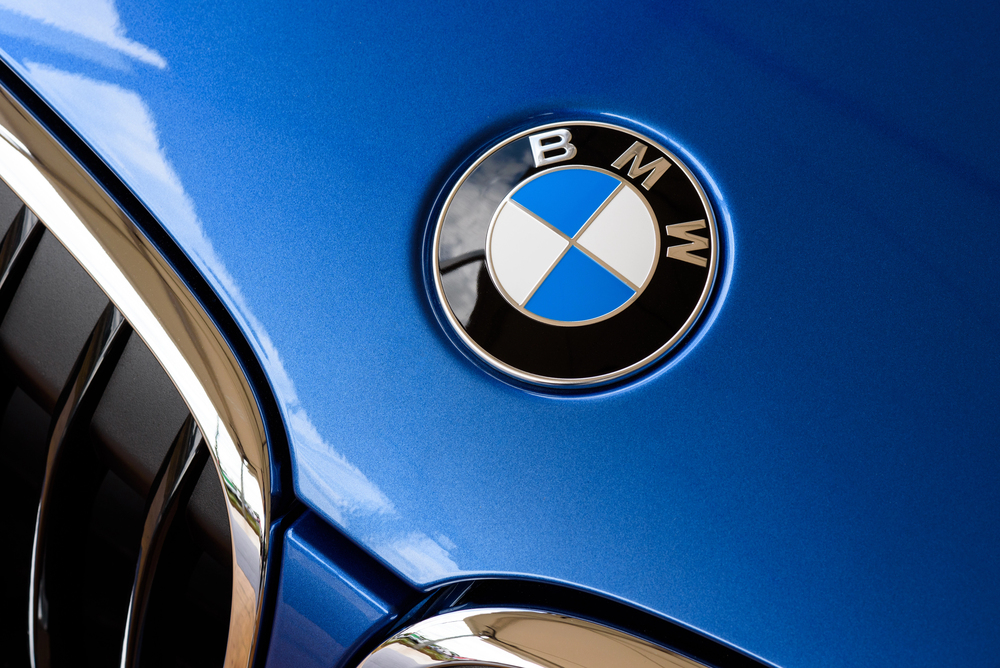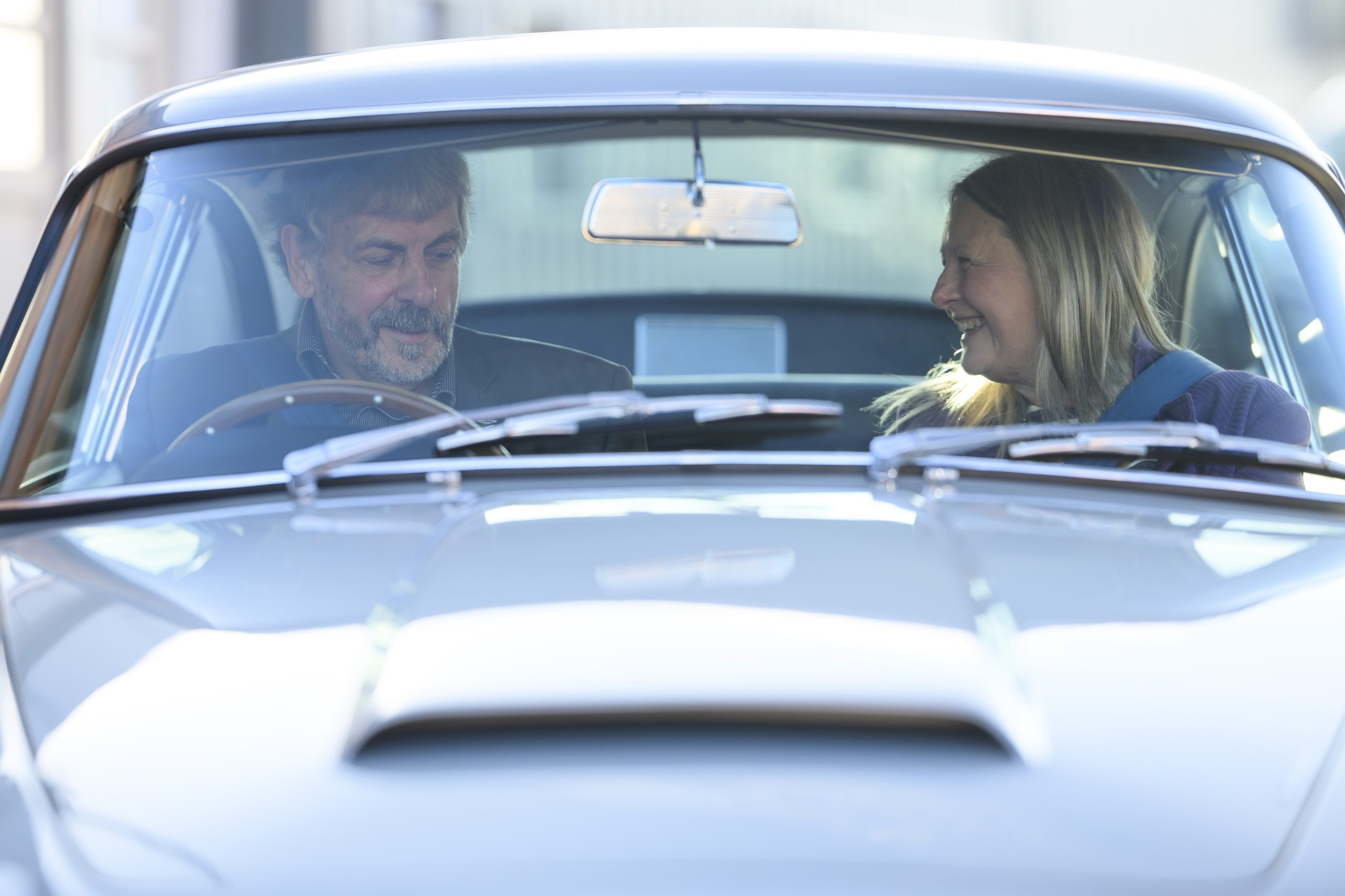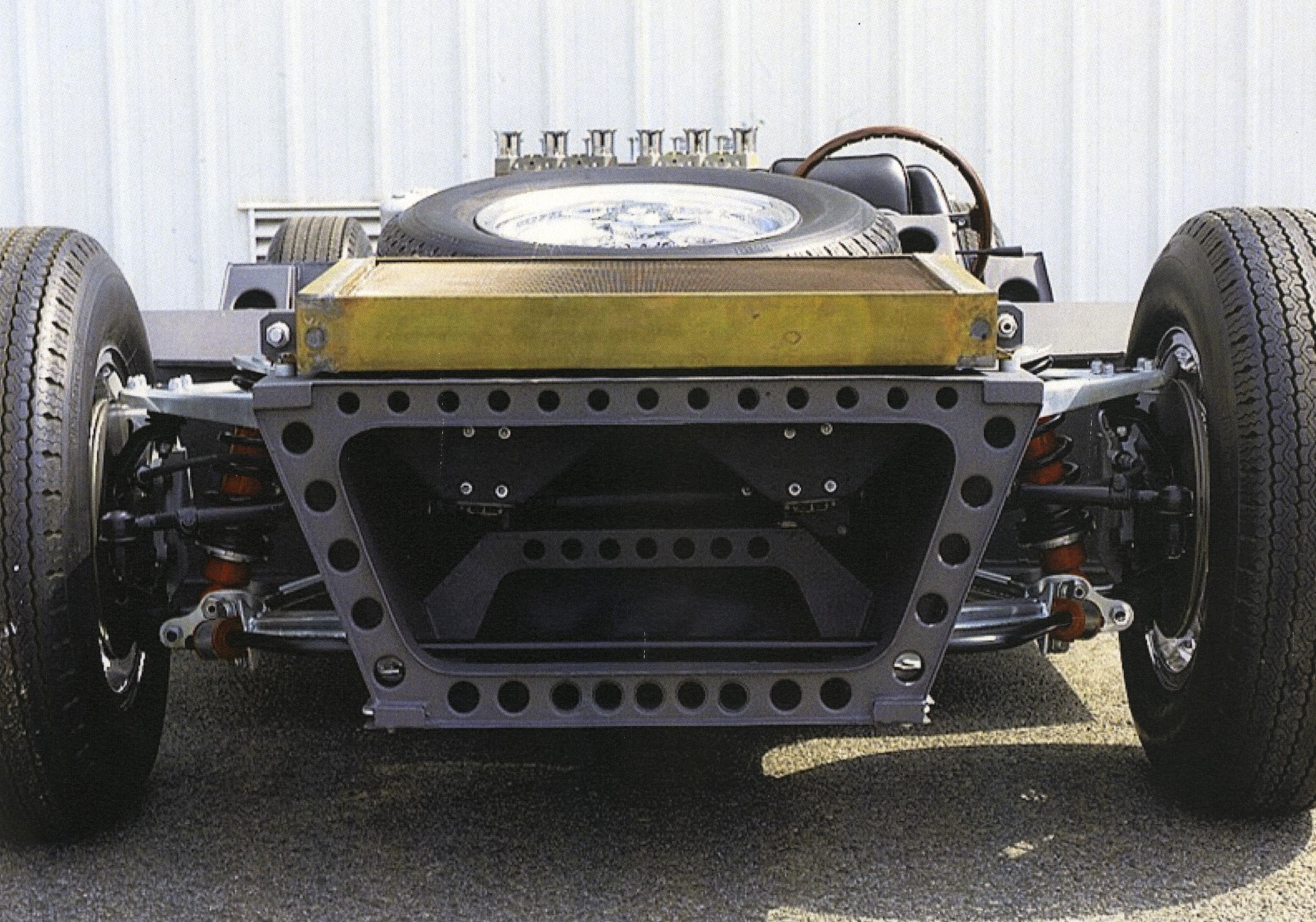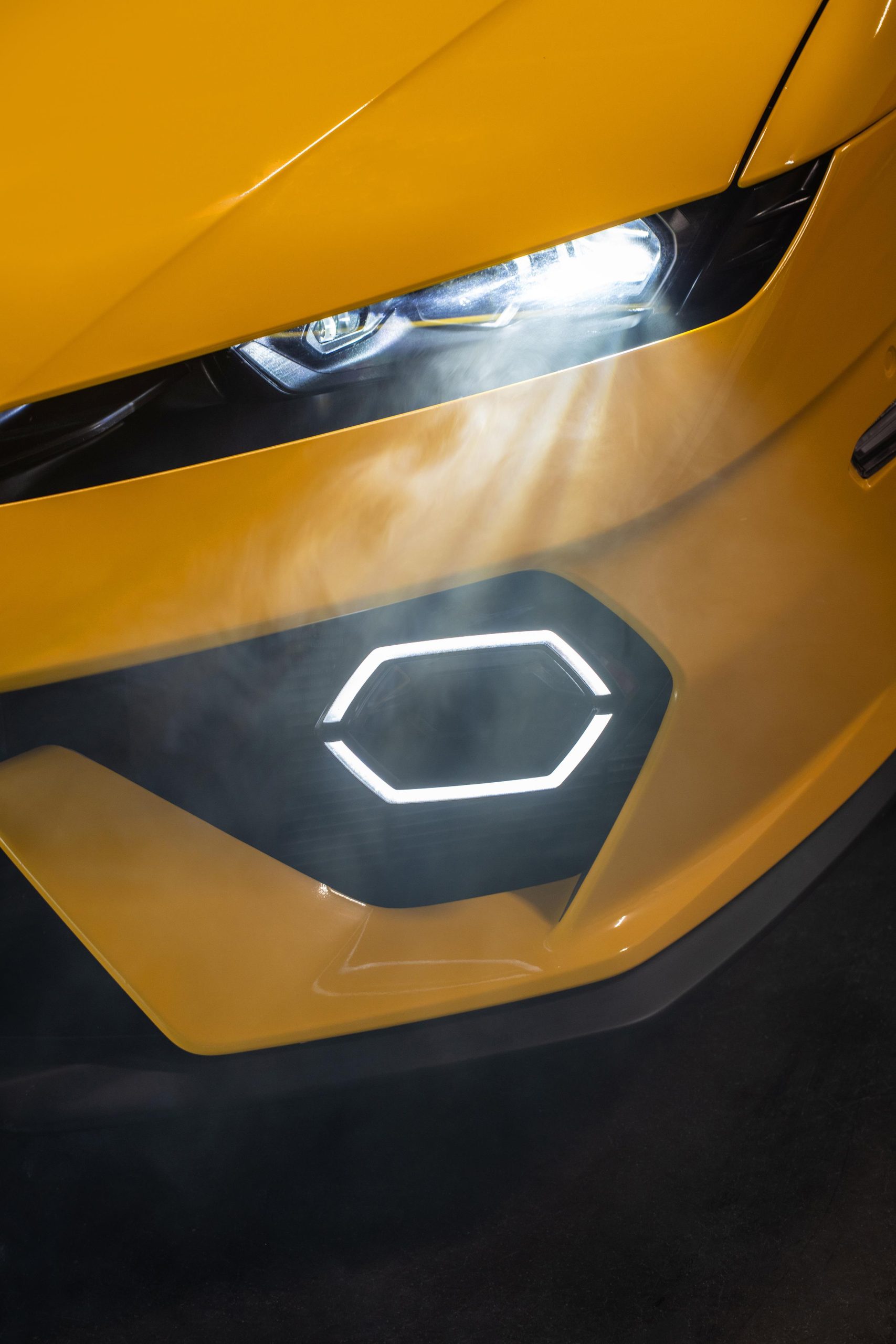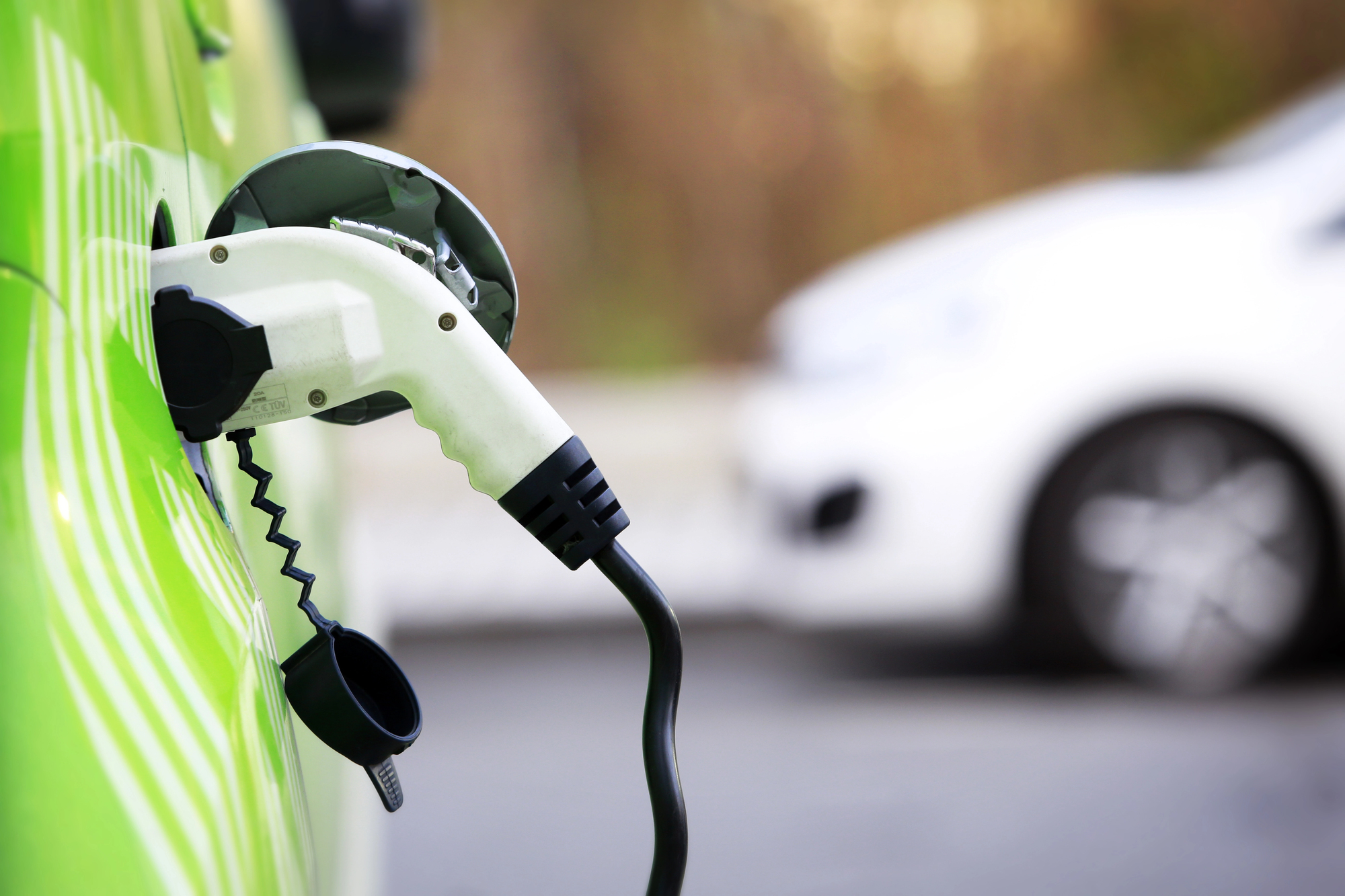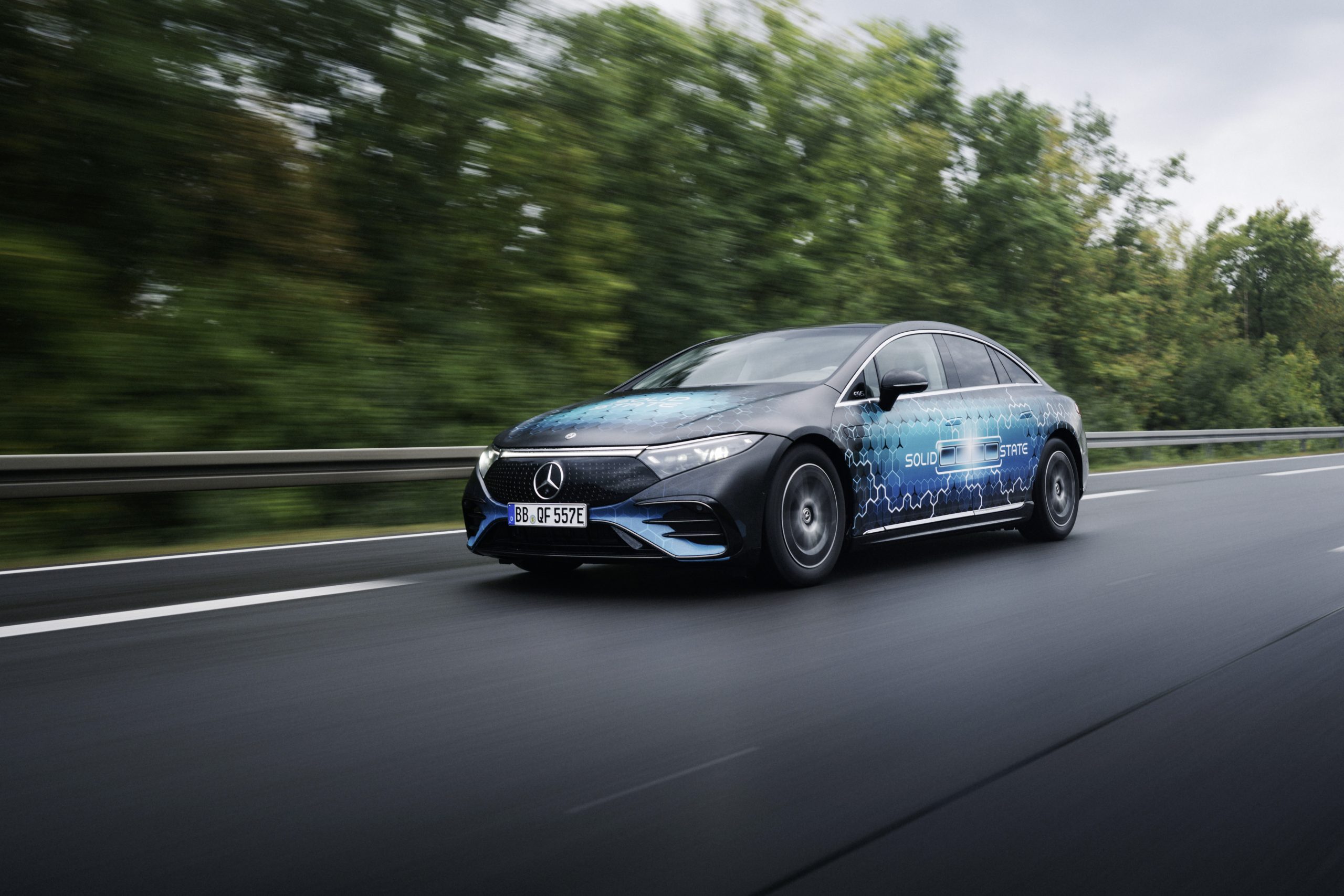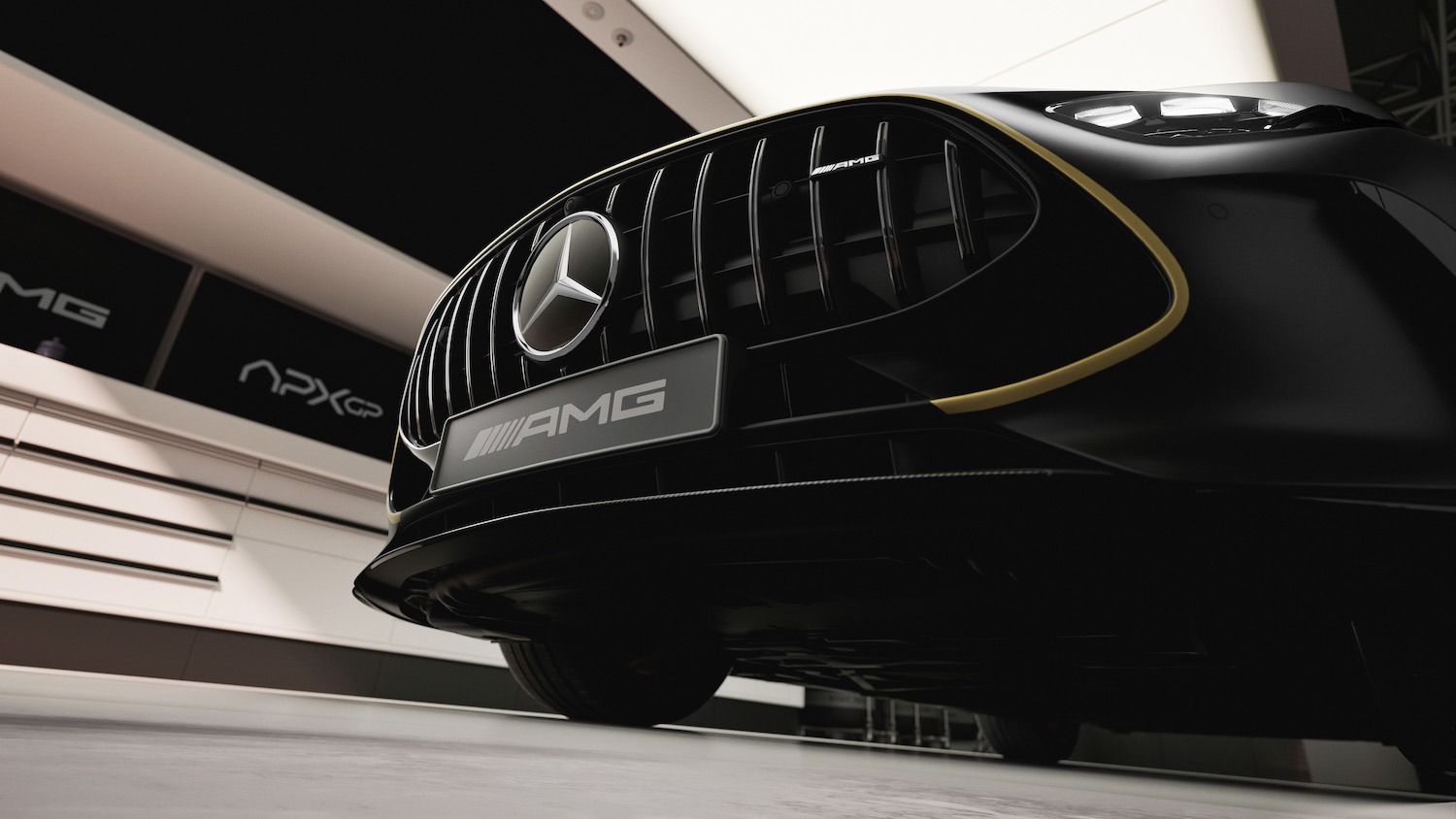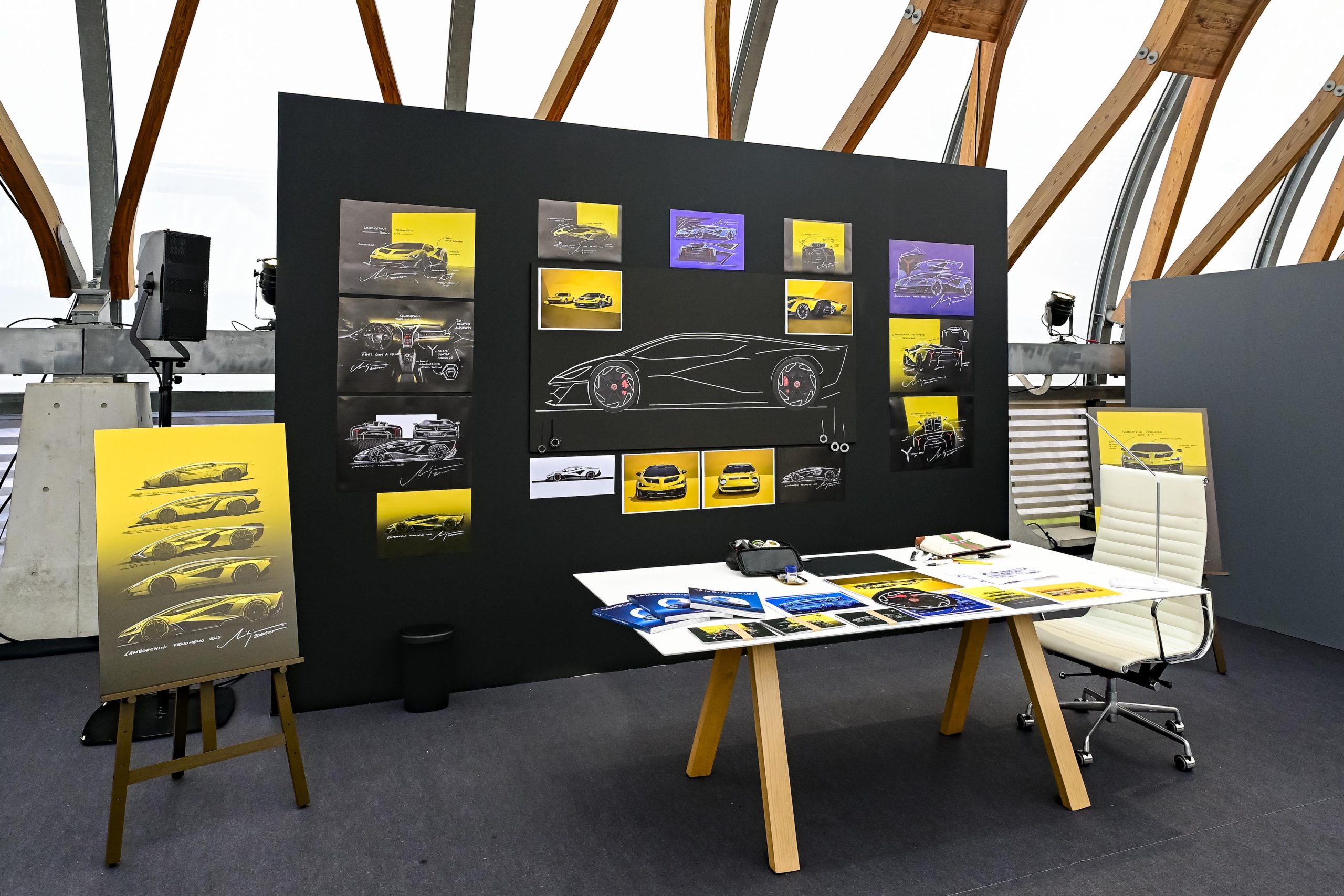World first: McMurtry Spéirling hypercar drives upside down from stationary
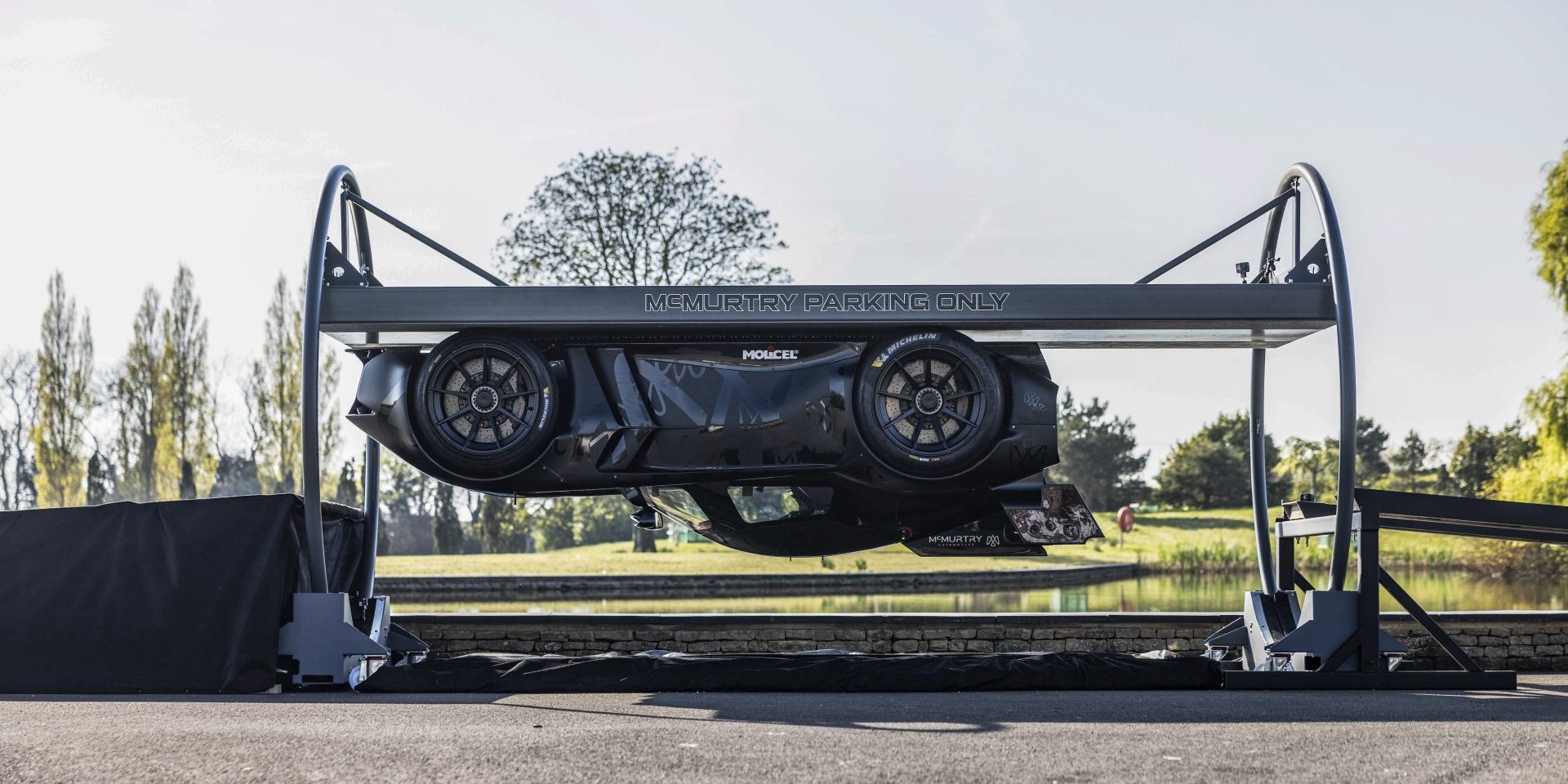

In a stunning world first, McMurtry Automotive has driven its record-breaking Spéirling hyper track car upside down. Thomas Yates, Co-founder & Managing Director of McMurtry Automotive used the British hypercar’s proprietary fan system which produces Downforce-on-DemandTM, to ‘suck’ the hypercar to the ‘floor’ of a specially-built rotating rig. The technology demonstration took place at McMurtry’s headquarters in Gloucestershire, England and was attended by employees and independent adjudicators.
This monumental feat is yet another record-breaking outing for the Spéirling. Today, it was also announced that the same vehicle has also smashed the Top Gear Test Track record by 3.1 seconds. The previous record holder was a V10 Renault R24 Formula 1 racecar from 2004. It also holds the Goodwood Festival of Speed Hillclimb outright record and the Laguna Seca Corkskrew Hillclimb record.
The McMurtry Spéirling is a British-built, single-seat, electric hypercar that operates in a league of its own. It was envisioned by one of Britain’s most successful businessmen, the billionaire and prolific inventor Sir David McMurtry, who passed away in December. McMurtry Automotive continues his legacy with a small, agile team of talented and creative engineers.
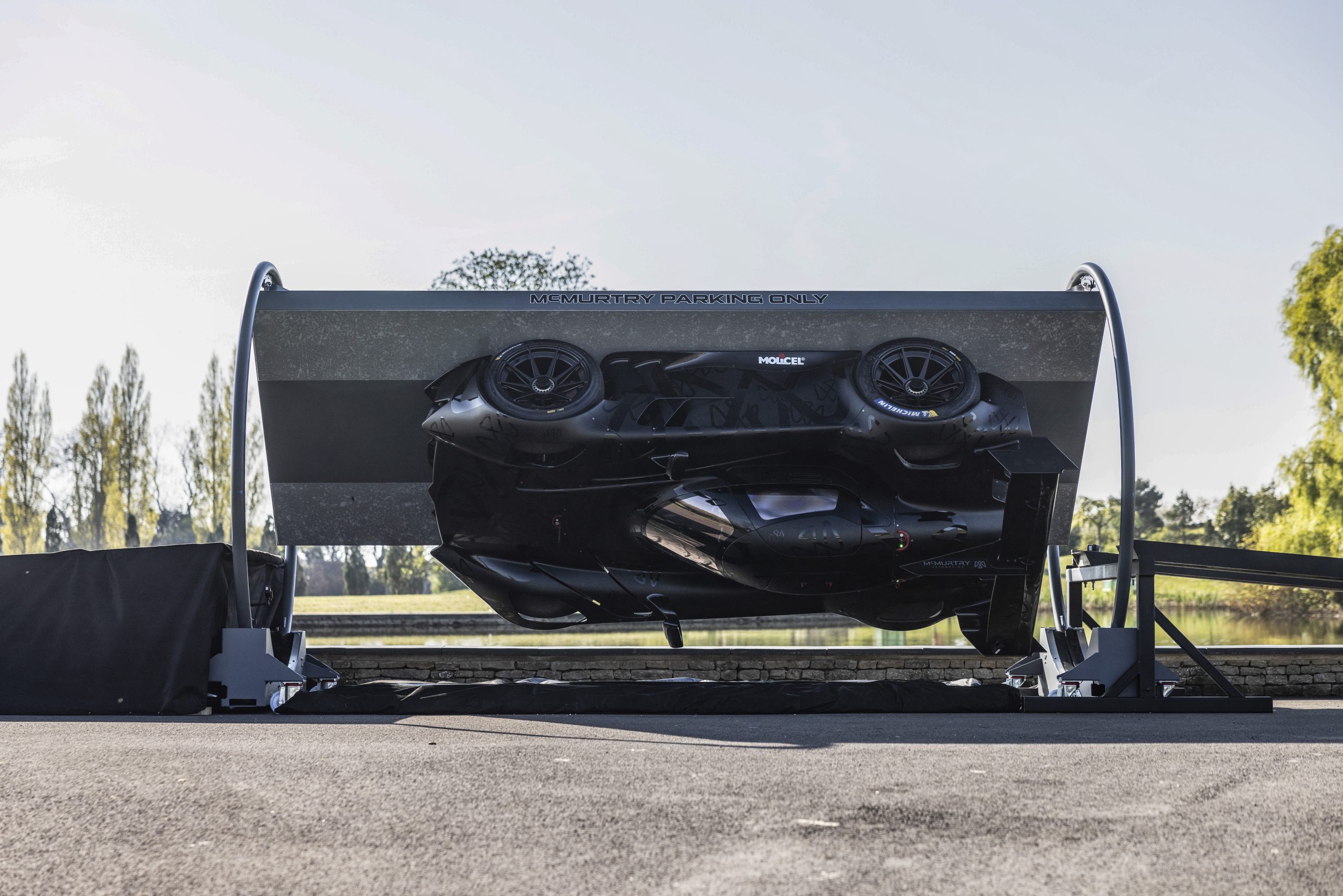
Thomas Yates, Co-founder & Managing Director of McMurtry Automotive, commented: “That was just a fantastic day in the office! Strapping in and driving inverted was a completely surreal experience. The 2000kg of downforce that the fan system can generate is truly astonishing to experience and it’s great to show the reason why our Spéirling continues to take records around the world.”
“This demonstration was an exciting proof of concept using a small purpose-built rig, but is perhaps just the beginning of what’s possible. With a longer inverted track or a suitable tunnel, we may be able to drive even further! Huge congratulations and thanks to the entire McMurtry Automotive team, especially the engineers involved in the car and fan system’s design, they are the heroes of today. ”
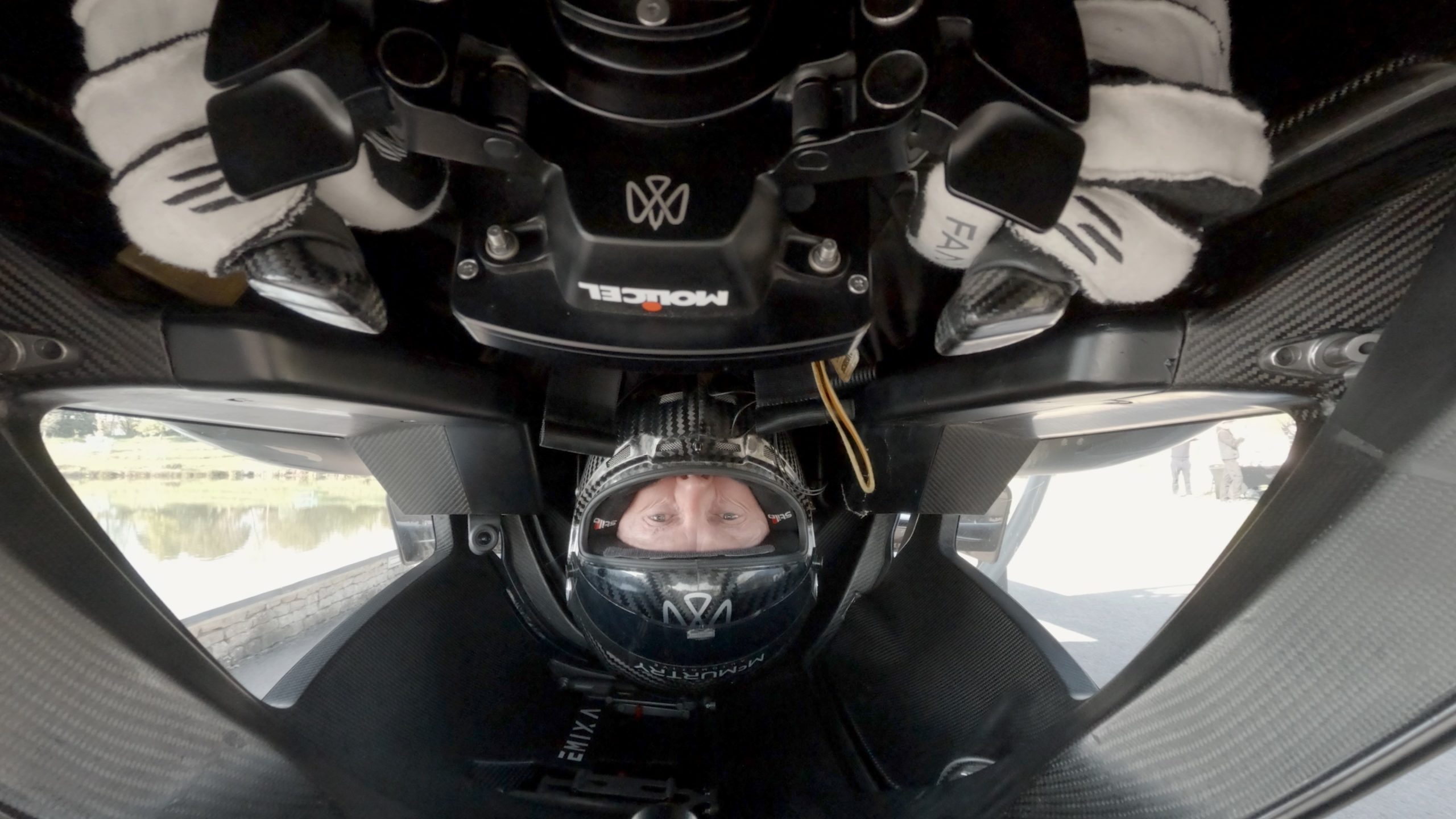
How is it possible?
It has long been discussed that high-performance race cars, such as those used in Formula 1, could theoretically be driven upside down. This is due to the amount of downforce that they generate at speed. However, it has never been attempted.
Equipped with McMurtry’s patented Downforce-on-DemandTM system, the Spéirling can accelerate, brake, and turn with significantly more grip than other hypercars and racecars, especially at low speed. Importantly, this downforce is available at any speed, even at a standstill. Other hypercars and racecars can only produce downforce at high speeds using aerodynamic surfaces.
During the record attempt, Thomas Yates drove the Spéirling up a ramp and onto a purpose-built platform. The floor of the platform then rotated, fully inverting the hypercar. The Downforce-on-DemandTM system created a sufficient vacuum underneath the hypercar’s floor to hold it upside down, exceeding the force of gravity. Once fully inverted, Thomas drove forward, entirely unsupported.
This proprietary system also enables the battery-electric hypercar to accelerate to 60mph in just 1.5 seconds, complete a quarter mile in 8 seconds, and corner at more than 3g (three times the force of gravity).
The car was presented with a gloss black falcon camouflage livery on a matt black base coat. This is a tribute to the original McMurtry fan car which was unveiled in 2021 at the Goodwood Festival of Speed where the public first asked “So can you drive it upside down?”. The falcons are modelled on the company logo, the peregrine falcon, the fastest creature on Earth. There are other graphics including under the rear wing, which are optimised for viewing when upside down.
From prototype to production
The specific car used to set this record is the McMurtry Spéirling PURE Validation Prototype 1 (VP1). It is an evolution of the hypercar that set the Goodwood record and is the next step towards a finalised production model, of which only 100 will be made.
The first Spéirling PURE customer deliveries are set for 2026 and will feature a number of enhancements over this prototype, namely a higher 100kWh capacity battery back. This will allow for extended sessions in the Spéirling, providing 20 minutes of track time at ‘GT3 pace’ and ‘record-breaking’ pace for multiple hot laps. The lithium-ion battery cells that will be used are P50B Molicel 21700s delivering both exceptional power delivery and energy density.
Safety
While the stunt may appear dangerous, the Spéirling is built to the rigorous motorsport safety standards of LMP1 cars – the fastest cars at the world-famous Le Mans 24 Hours. In track and racing conditions, the downforce produced by the Spéirling also plays a vital safety role. As downforce levels are unrelated to speed or direction of travel, testing has demonstrated that if a driver enters a spin or other uncontrolled manoeuvre, the amount of grip and downforce available means that application of the brakes will often see them stop almost immediately, often while still on the tarmac.
The full video of the event can be found here: https://youtu.be/g6LYcgaQ46c

